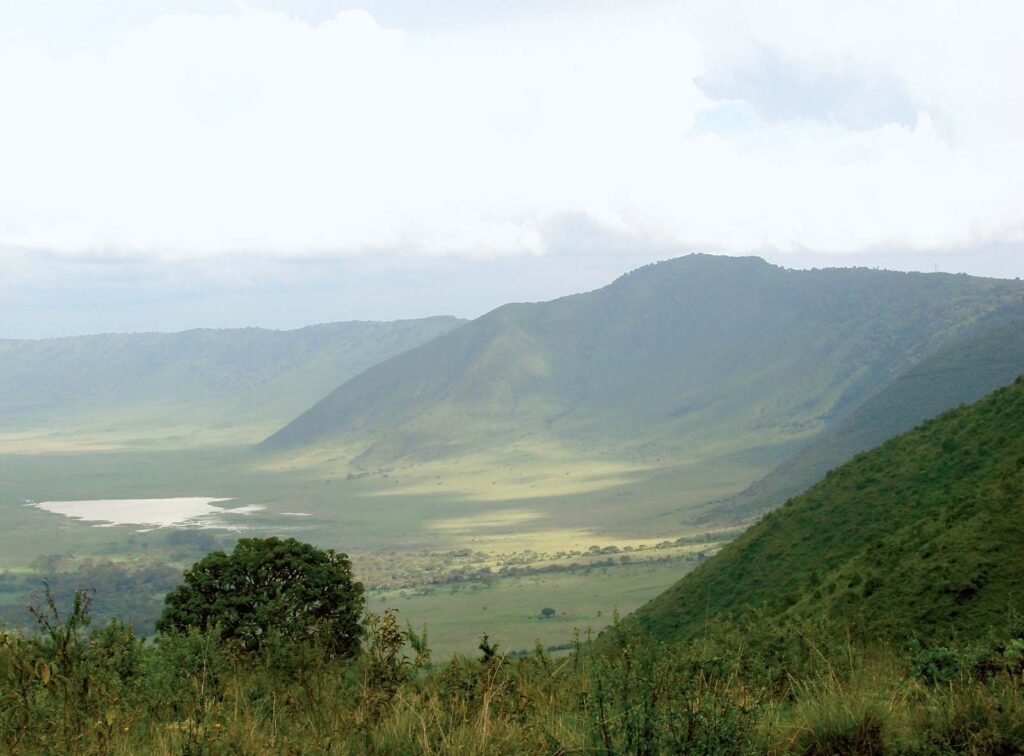Ngorongoro Conservation Area: Explore Tanzania’s Natural Gem
Tanzania’s Ngorongoro Conservation Area is a UNESCO World Heritage Site renowned for its natural beauty and abundance of wildlife. Located in the northern part of the country, the area consists of the Ngorongoro Crater, Olduvai Gorge, and the surrounding grasslands, swamps, and forests. It provides a unique opportunity for visitors to experience the Serengeti’s famous Big Five safari animals, including elephants, lions, leopards, buffalo, and rhinoceros, in their natural habitat.
Ngorongoro Conservation Area: What You Need to Know
Ngorongoro Conservation Area, located 120 miles west of Arusha, is a stunningly beautiful place. The crater is the world’s largest inactive, intact, and unfilled volcanic caldera, with its original shape and size virtually unaltered since its formation some three million years ago. It’s home to an abundance of flora and fauna, including the Big Five, and is considered one of the world’s most important wildlife habitats.
The Conservation Area is divided into three distinct sections. The Ngorongoro Crater is the largest of the three, measuring 12 miles across and 2,000 feet deep. It’s home to more than 25,000 large animals, including the Big Five, and it’s a popular spot for game viewing. The Olduvai Gorge is the site of some of the earliest evidence of human evolution and is a must-see for visitors. The third section of the Conservation Area is the surrounding grasslands, swamps, and forests, which provide additional opportunities for game viewing.
What to Do in Ngorongoro Conservation Area
The Ngorongoro Conservation Area offers a variety of activities for visitors. The most popular is game viewing, and the area is renowned for its abundance of wildlife. The crater also offers stunning views of the surrounding landscape and is a great spot for bird watching.
In addition to game viewing, visitors can explore the Olduvai Gorge, a UNESCO World Heritage Site and one of the most important paleoanthropological sites in the world. It’s home to some of the earliest evidence of human evolution, including the remains of Homo habilis, Homo erectus, and Homo sapiens.
The area is also known for its spectacular natural beauty, with its rolling hills, lush forests, and crystal-clear lakes. Visitors can explore the area on foot or by vehicle, and there are a variety of camping and lodging options available.
Tips for Visiting Ngorongoro Conservation Area
When visiting Ngorongoro Conservation Area, it’s important to be prepared for the elements. The area can get quite hot during the day, so be sure to bring plenty of water, sunscreen, and a hat. It’s also important to wear long pants and closed-toe shoes to protect against insects and ticks.
It’s also important to be aware of the rules and regulations of the area. Hunting is strictly prohibited, and visitors should not feed the animals or leave any trash behind. Additionally, visitors should be respectful of local customs and traditions and refrain from taking any photographs of people without permission.
Visiting Ngorongoro Conservation Area is an unforgettable experience. With its abundance of wildlife, stunning natural beauty, and rich cultural history, it’s no wonder it’s a popular destination for safari-goers. Whether you’re looking for a safari adventure, a chance to explore some of the earliest evidence of human evolution, or just a chance to get away from it all, Ngorongoro Conservation Area has something to offer everyone. So pack your bags, grab your camera, and get ready for the adventure of a lifetime in Tanzania’s natural gem, the Ngorongoro Conservation Area.

